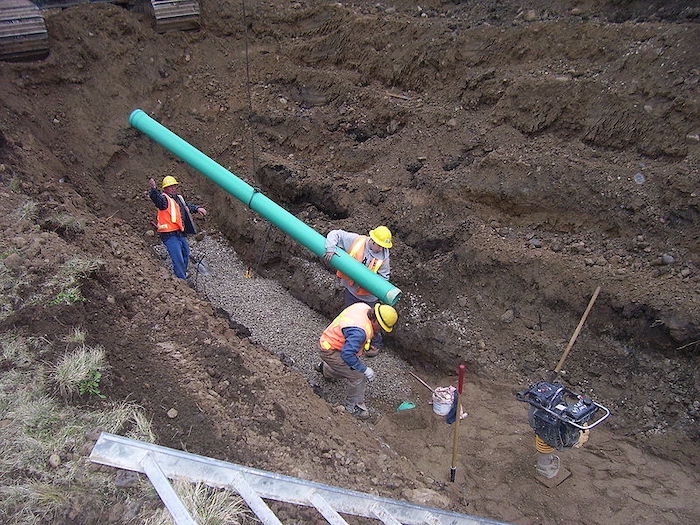Types of sewerage in a private house

It is impossible to imagine modern comfortable life today without elementary conveniences, to which everyone is already accustomed. These include sewerage, which has become a necessity, both in multi-storey and in private houses. In the latter case, the sewage system is a rather complex structure, which includes a large number of various engineering structures and equipment designed for the effective collection of wastewater and their subsequent treatment and disposal..
Wastewater must be treated without fail in the absence of a centralized sewerage network, since there is usually a well for the supply of drinking water on the land plot, and untreated wastewater can cause pollution of the aquifer. Therefore, before proceeding with the arrangement of the sewerage system of a private house, first of all, it is necessary to resolve the issue of where the wastewater will be discharged, and how it will be treated..
There are several ways to dispose of sewage. The simplest sewage system in a private house, the price of which is low, is a cesspool. For its manufacture, a pit is dug at the rate of 0.5 m3 for each person living in the house. The walls of the cesspool are reinforced with brickwork, stone or concrete, after which the structure is sealed with bitumen. The floor is poured with concrete, and the top floor is made of a reinforced concrete slab with a hole for pumping waste.
Nowadays, the most common option for arranging a sewage system in a private house is a septic tank. It is made by digging a well that can accommodate three times the daily volume of wastewater intake. This allows fecal waters to settle for three days, during which an anaerobic process takes place, and large fractions are partially converted into sludge, and clarified water is discharged into the soil or a special container..
In places with sandy soil, filter wells are often used. They are wells made of reinforced concrete rings, brick or stone, the bottom of which is not sealed, but covered with a layer of crushed stone or gravel, about 1 meter thick. Waste water, passing through such a filter, is gradually purified, after which it is absorbed into the soil.







Hello!! My name is Jeanine
I love to eat, travel, and eat some more! I am married to the man of my dreams and have a beautiful little girl whose smiles can brighten anyone’s day!